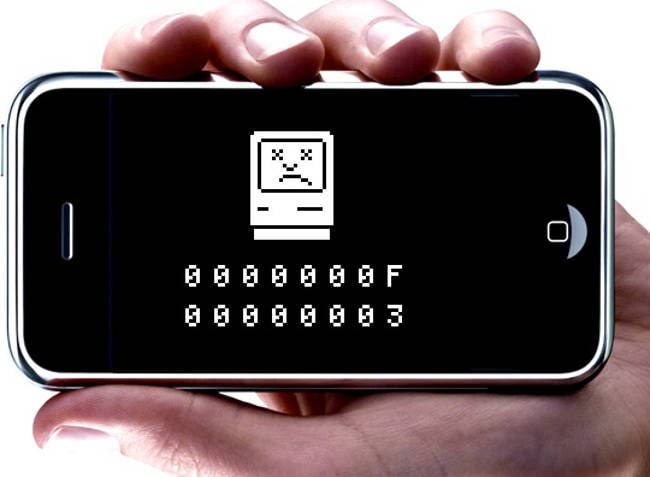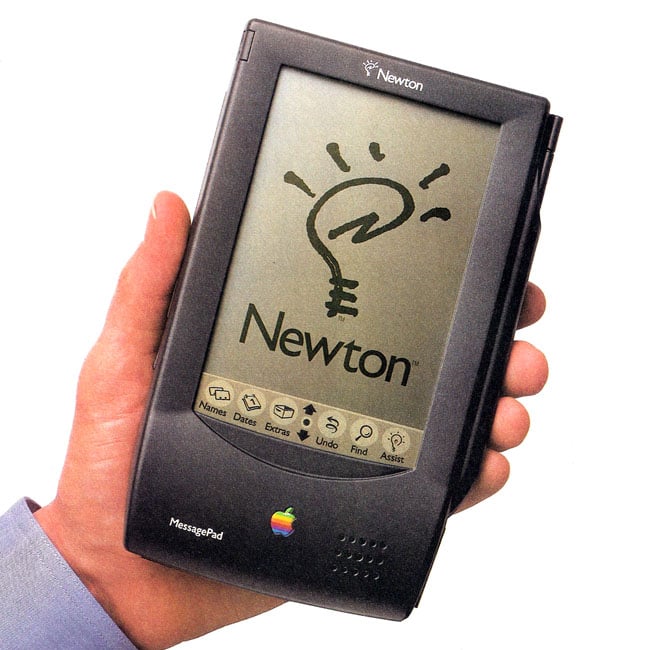This article is more than 1 year old
Apple Fools: Times the House of Jobs went horribly awry
Plenty of bumps in the 40-year road for Mac makers
iOS 8.0.1 died in two hours
Here at The Register we know all too well that feeling of putting something out for the whole world to see, only to realize it has a glaring error that everyone immediately spots. It happens to the best of us.
Fortunately, our mistakes never resulted in millions of phones breaking at the same time. The same can't be said for iOS 8.0.1.

Unfortunately they didn't make a crashing sound
The 2014 iPhone update contained a bug that resulted in iPhones having the cellular connections on their phones disabled, leaving them unable to make calls or connect to LTE data networks. Apple killed the update in about 90 minutes. Making matters worse, the update came just days after the iPhone 6 was released, leaving many who had just spent hundreds of dollars on a new phone suddenly unable to use most of its features.
So there you have it, 40 years of Apple goofs. Happy birthday to that lumbering tech giant down in Cupertino, and just to show that El Reg doesn't always have it in for you, let us offer up what we think is...
The Apple 'mistake' that everyone gets wrong
Yes, after so many pages of taking the mick out of Apple, we wanted to point out that one of its worst "gaffes" was actually a very shrewd move that turned into one of the great investments of all time. Behold...

THE NEWTON?
Yes, the much-maligned Apple PDA is occasionally acknowledged as being ahead of its time, and while it is true that the hand-held sported a number of features that we rely on for smartphones and tablets today, its real benefit to Apple was the silicon that went inside it.
You see, when Apple engineers were designing the Newton, they knew that they needed a CPU that had plenty of muscle, but a much lower power consumption than the desktop processors of the day. So they sent out the call for designs on a low-power RISC processor.
It came down to two possible chips, one built by AT&T and another built by UK company Acorn. Apple decided that AT&T's option was too costly, and instead they shelled out $2.5m to work with Acorn on their design. The result was a startup named Advanced RISC Machines, or ARM for short.
Do you see where this is going?
The Newton was a flop, but ARM would go on to be, well, ARM. When the chipmaker held its IPO in 1997, Apple netted an estimated $800m. That was enough to more than cover the entire cost of the Newton project, according to former Apple engineer Larry Tesler.
So, the next time you want to have a laugh at Newton's expense, be sure to also thank it for the chip powering your smartphone. He may not have been a hero, but he was nobody's fool. ®
